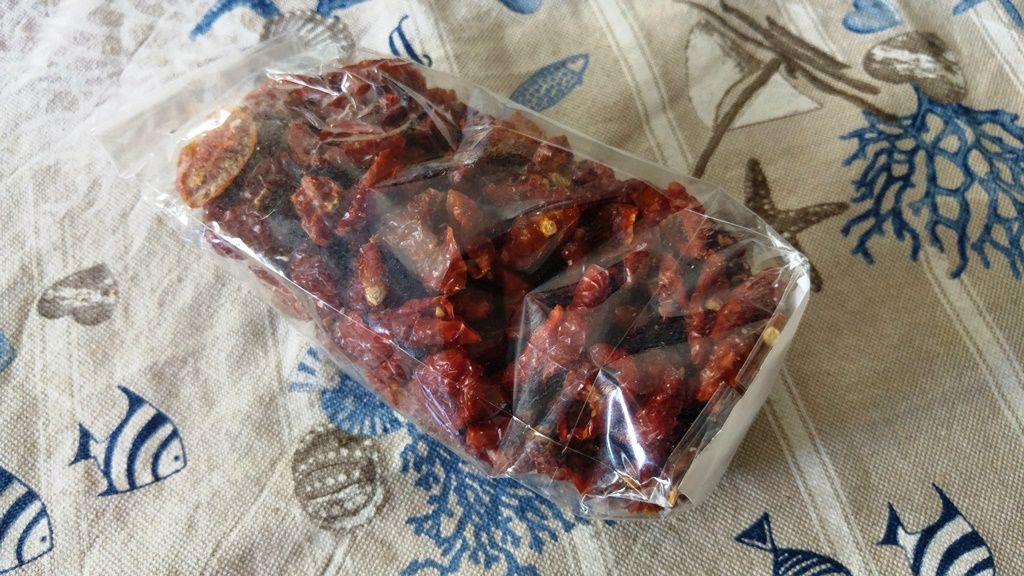May 27, 2018 - It is known that Europe came into the New World in 1540, and her repository is South America. The name of this queen of summer and the cuisine around the world is pamidora, pomidora, tomato, golden apple, the apple of love, and who knows what else because today more than 4,000 species are grown. As a delicious ornamental plant, it is grown in most European countries. In poor Southern Italy where they were brave and hungrier, they were the first to use it for meals. They survived and became famous, as they mixed it with pasta, pizza, and meat. True, the tomato also spread throughout Italy's gardens, but the tastes and smell gained the confidence of chefs.
There are few written sources about the beginnings of the tomato, but it has been said that the breed started to become more serious in the late 18th century. For us, maybe a year earlier, because of the constant and strong trade links between Boka Kotorska and the south of the Apennine Peninsula, from where it was brought by a captain, a lover of tasty cuisine. Although we don’t know when they exactly arrived, we can certainly say that on the eastern coast of the Adriatic, until about twenty years ago, the best tomato was grown in the Grbalj field. Big, fleshy, heart-shaped, plump or wrinkled, always with an intense red color, “grbaljska pamidira” is still a measure for all other species. Unfortunately, the seed was sprouted, and today they are trying to restore it. The first results are encouraging. Regardless of the type of seed, the tomatoes that are grown in Grbalj today are different from others on the market, thanks to the perfect plot and the abundance of the sun the tomato loves if it is regularly watered. In any case, the tomatoes from Grbalj are better and tastier than the others, for whatever reason. Unfortunately, only a small amount is produced today. That is why we see tomatoes in our markets from Macedonia, Italy, Serbia, Pakistan, Egypt, Bulgaria, Greece and other countries.
When it comes to tomatoes, we can hardly talk about autochthonous species. Although the Spanish praise their "sofrito", the French with their source and the Italians, Dalmatians and us, it should be said that the most similar to ours was made by the inhabitants of central and southern America before the visit of the famous Columbus. True, the honor belongs to the Sicilians and the Neapolitans, who prepared it for pizza and in a special way with meat. Greeks, Turks, and Arabs prepare many different dishes of tomatoes, especially tomato sauces, although tomato sauce with sweet purple and black onions from Grbalj with three to four leaves of home-grown “rokula” can be a great role model to many. When talking about the citizens of Boka and other lovers of good snacks all over the world, we particularly liked the way the Italians offered pizza with tomatoes and sauces where the meat drifted into the tomatoes, so these dishes became part of the homemade cuisine, painted with local scents and tastes. Our basil, “mandžurana” (a kind of herb) or petrus, smells a little different. Similar to us, in other parts of the world, pamidori succeeds in all colors, from white to black. Our red, like a queen of fairy tales, like the sun and the sea, is a symbol of our summer for more than two centuries. So enjoy the summer delicacies from pamidora (tomato).

You can make dried tomatoes by cutting them into half and leaving an hour or two to trim (any kind may be used even though the best are the oblong ones – “plums"). Cut each half and put a lot of salt then align them on a straw or wooden substrate and put the cut side above. Cloth them and place them in the sun. During the night, keep them in the house. It takes five to ten days to dry them under the sun. After drying, put them into pasteurized pots and pour over oil, close, and keep them in a dark and cold place. They can last all winter. You can cut them into many pieces or make slices, then add salt and dry. You can add aromatic herbs or chopped garlic in the pot with tomatoes (a matter of choice). The tomatoes can be dried in an oven at a temperature of 90 degrees C. In that case, they are usually dry for six to eight hours, and longer if necessary.








